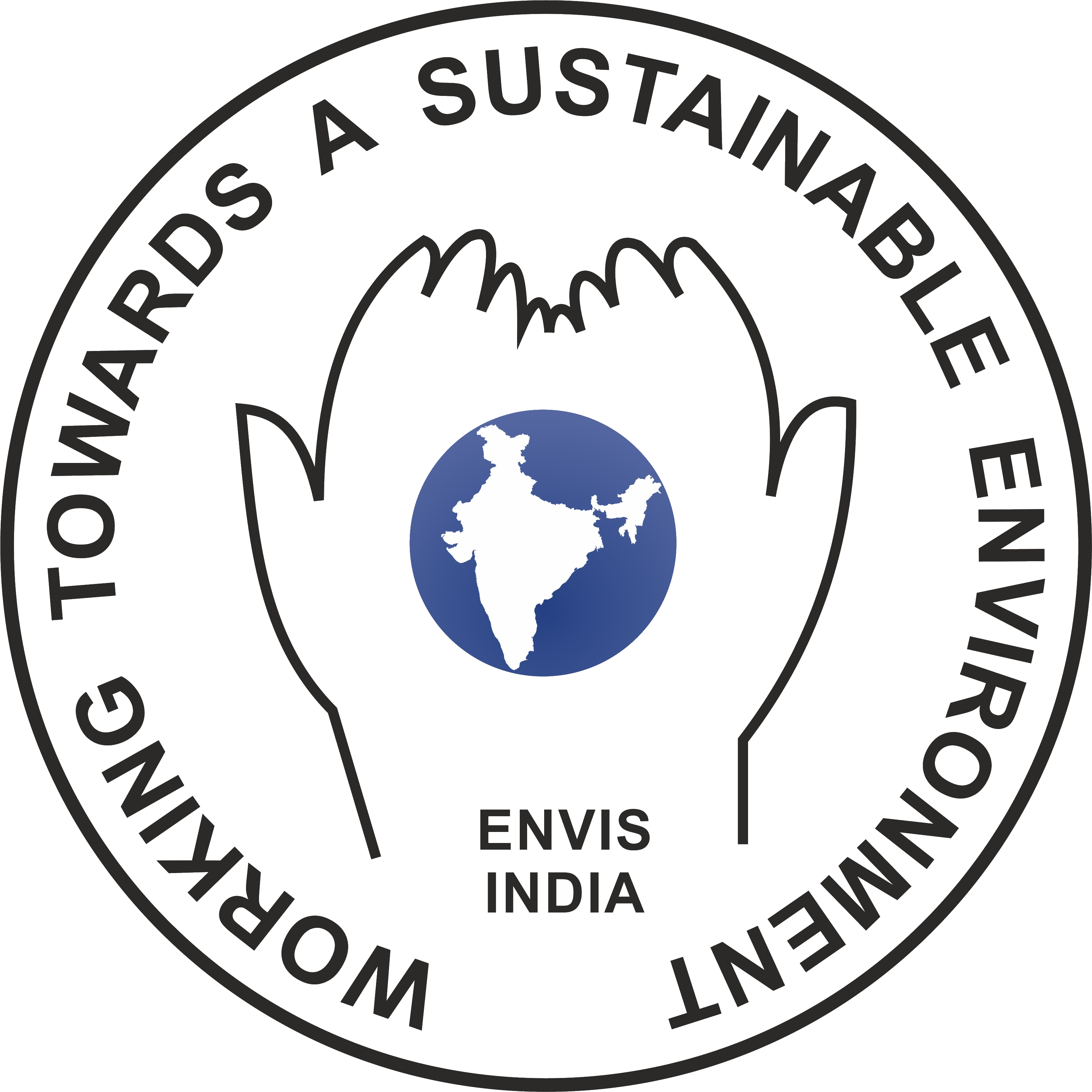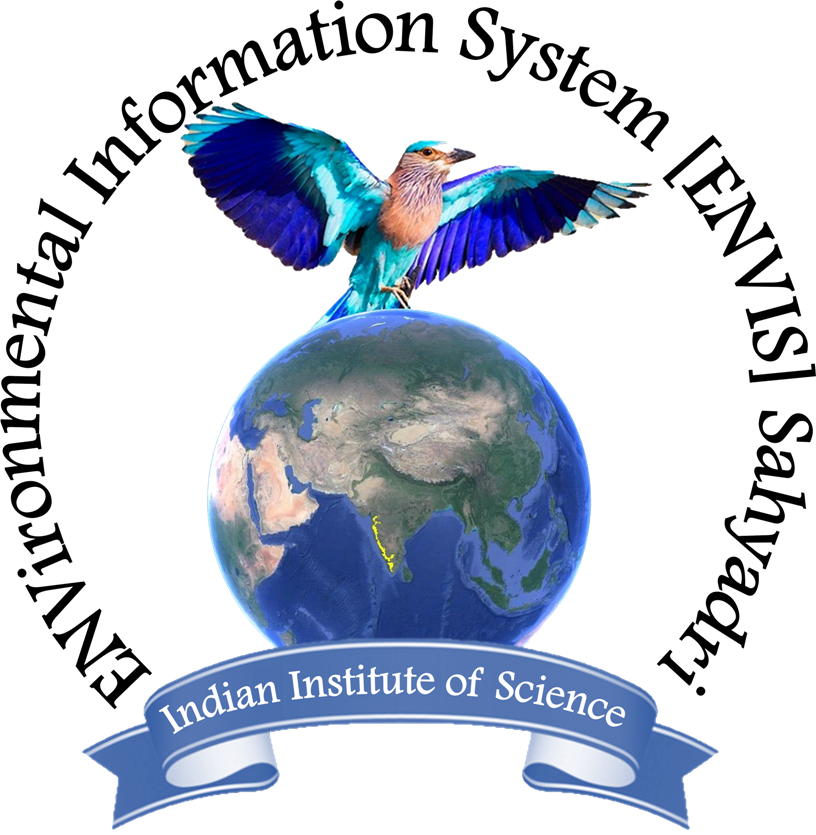Integrated Wetlands Ecosystem at Jakkur Lake, Bangalore: Optimal Wastewater TreatmentCite
Ramachandra T.V., Durga Madhab Mahapatra, Sudarshan P. Bhat, Asulabha K.S., Sincy Varghese, Bharath H. Aithal
ENVIS[RP], Environmental Information System, Energy and Wetlands
Research Group,
Centre for Ecological Sciences, Indian Institute of Science -
560012
envis.ces@iisc.ac.in
tvr@iisc.ac.in Phone:
080 22933099/22933503
9.0 Conclusion
Surface water-bodies (lakes, ponds, tanks, etc.) in Bangalore are subjected to high nutrient loads due to the sustained inflow of untreated or partially treated sewage, altering physico-chemical and biological integrity of water bodies. The treated water from sewage treatment plant in Jakkur still contains nutrients as primary and secondary treatment does not completely remove nutrients. However, passage of STP effluents through wetlands (consisting of emergent macrophytes and algal pond) ensures removal of nutrients to an extent ensuring portability of water. This study investigates the water quality at different stages in the integrated wetland system. Physico-chemical and biological parameters were monitored as water enters the algal pond (wetland) from the STP (sewage treatment plant), outlet of wetlands and at the inlet, middle and outlets of Jakkur Lake. The nutrient analysis highlights of nutrient removal by wetlands due to macrophytes and algae, which removes 77 % COD, ~90 % BOD, ~33 % NO3-N and ~75 % PO43-P. The first stage comprising of emmergent vegetataion and algal pond removes ~45% COD, ~66 % BOD, ~33 % NO3-N and ~40 % PO43-P. Jakkur lake as a seconf stage treats the water and acts as the final level of treatment and removes ~ 32 % COD, ~23% BOD, ~ 0.3 % NO3-N and ~34 % PO43-P.The combination of all the stages leads to a complete removal of nutrients to acceptable levels according to CPCB norms. This study provided vital insights towards environmentally sound option of managing wastewater, while addressing water crisis due to unscientific and chaotic urbanisation in Bangalore.
Acknowledgement:
We are grateful to the NRDMS Division, the Ministry of Science and Technology (DST), Government of India, The Ministry of environment and Forests (MoEF), Government of India and Indian institute of Science for the financial and infrastructure support. We thank Vishwantah S, Rainwater Club (http://www.rainwaterclub.org) for suggestions during the discussion, which helped in initiating this study.


 Sahyadri ENews Issues: I - LXXVIII
Sahyadri ENews Issues: I - LXXVIII
